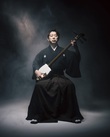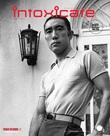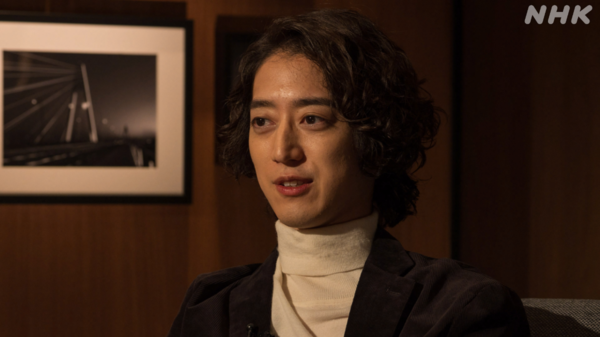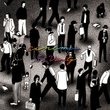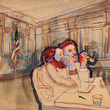The post-war history of Okinawa surfaced through 2 photographs
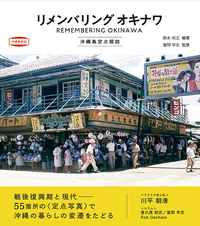
Exhibiting the transformation and the passage in time by the comparison of photographs documenting certain landscapes now and then. Recently, so many photo books of this kind have been published. There, however, are not less many instantly made books.
First off, I promptly remark that this book about Okinawa is undoubtedly distinguished from those other “similar books.”
In the case of Okinawa, the transformation of its landscape has never been brought only by local economic growth. Islands, reduced to ashes by the Battle of Okinawa, its reconstruction under the rule of the U.S., and its reversion to Japan in 1972. Okinawa society has experienced subverts many times not only in landscapes but society itself.
These subverts are documented dramatically in each photograph. For instance, Heiwa Street, leading to the Kokusai Shopping Street is now known as a popular touring site where you see tourists strolling around in sandals, and 67 years ago at the same place, farmers of Iejima Ilands who were expropriated their land to expand military reservation of U.S. Armed Forces resorted to the beggar march (Mung Kutcha as pronounced in local language) to appeal their distress. Also, in 1964, upon the hill at the Army Headquarters, only the stars and stripes were raised, and now, both flags of the U.S. and Japan are hanging over in the wind. When you take a look at roads, even in changeless sceneries, there you could see cars made in the U.S. driving on the right lane. You could have a perspective of complicated affairs among Okinawa, the U.S., and Japan, inscribed in every photo.
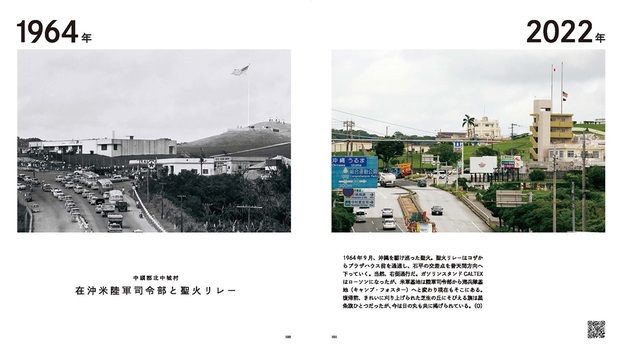
On the other hand, there are some places with less change. For instance, Sashida Bakery (now Alamord) in Uruma of Ishikawa City. With the comment, telling that “It might not be a mistake to say that postwar-Okinawa has begun from Ishikawa, where Okinawa Advisory Council and Okinawa Civilian Administration launched from the internment camp for private citizens there,” a photo capturing one pastry shop takes a new meaning.
Columns inserted between photos also surface their background stories clearly. Tyousei Kabira tells of Okinawa, Japan, and the U.S. through his personal history, and a column by Oechsle Rob who has watched Okinawa since the reversion is impressive to its brief length.
The elaborate editing and investigation resulted from an attitude toward the problems involved. Every effort culminates in the impeccable and overwhelming quality of this photo book.




